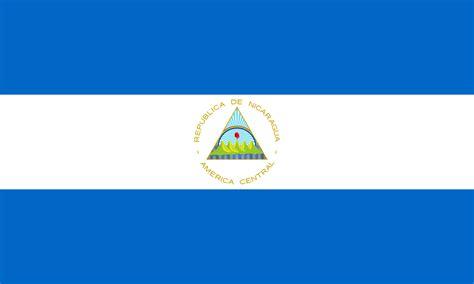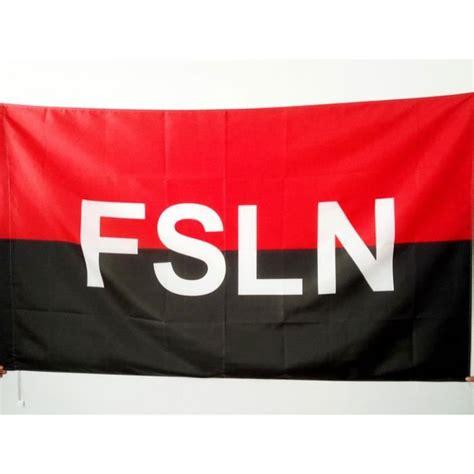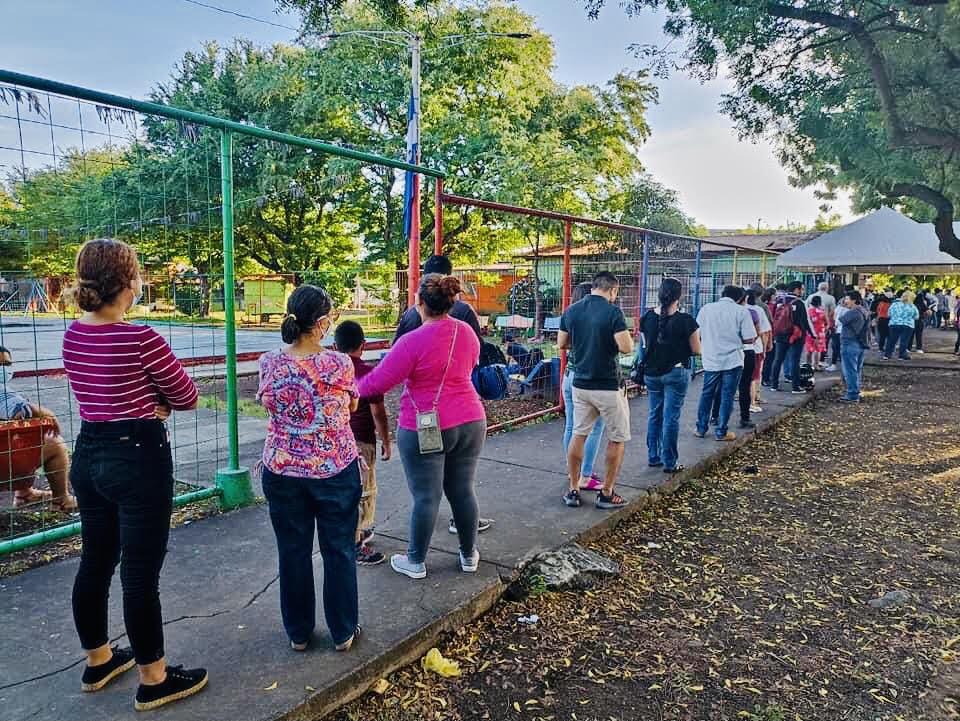The US apprehended over 50,000 Nicaraguans trying to cross the U.S. border illegally in 2021, up from 2,291 in 2020, according to Customs and Border Protection (CBP) data. In immigration court, the number of Nicaraguan cases waiting to be heard has exploded from 4,145 in 2018, when mass protests engulfed the country, to over 34,000 last month, according to data from the Transactional Records Access Clearinghouse of Syracuse (TRACS), a research group at Syracuse University. Over 19,000 of those cases were added this year, a record. Most cases end in deportation. Over 60% of deportation proceedings for Nicaraguans led to removal from the United States in 2019, when over 14,000 deportation cases were filed. Only 1,253 Nicaraguans were allowed to stay in the United States, and many cases from 2019 remain unresolved, TRACS data show....Nicaraguans once made up a tiny fraction of migrants in U.S. immigration courts. For decades, annual deportation filings were below 5,000. But in the fiscal year 2021, it had the sixth-highest number, just behind Mexico, according to TRACS data.




